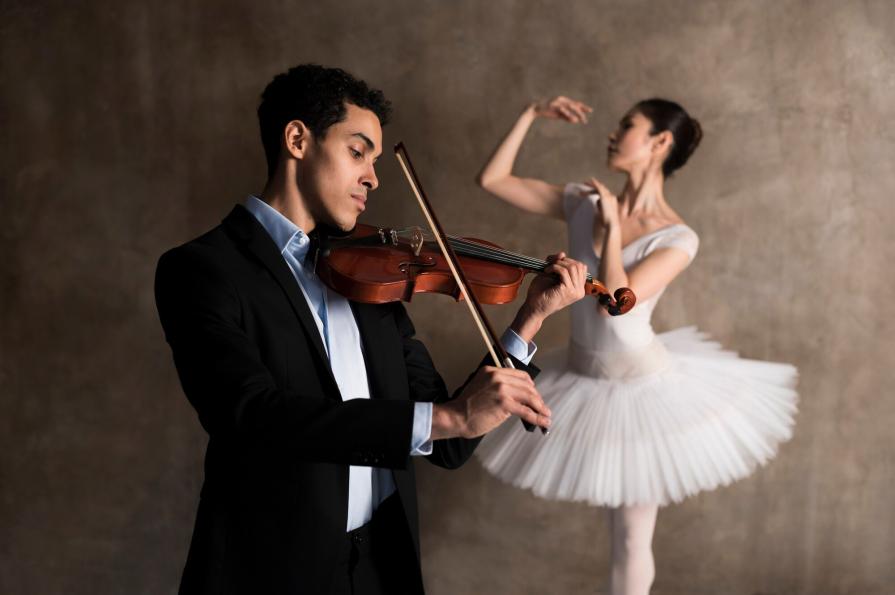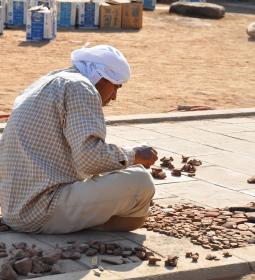The whole world is a theater, and people in it are actors. Each theater is a whole world in itself, because on its stage not only the fantasies of directors come true and masterpieces of classical and modern music are heard, but also its own life chemistry is created.
Also very often the buildings occupied by such theaters are real architectural masterpieces! If by chance (or not by chance) you find yourself in the city where one of the theaters from our list is located, it would be a real crime not to visit it.
La Scala (Italy)
The Milan Opera House, known as La Scala, was built in 1778. It accommodates more than 2000 spectators and is considered, if not the largest, but one of the most significant and beautiful in the world. The theater received its name from the church of Santa Maria Alla Scala, on the site of which it was built.
The structure is made in the neoclassical style, and the acoustics in the hall are such as if a team of the best physicists, sound engineers and architects worked on it? The only tools of the craftsmen of that era were rolls of drawings and various models.
La Scala most often stages ballet, dramatic works, but they do not disdain buffoonery, which are very popular in Italy.

Sydney Opera House (Australia)
The Sydney Opera House is one of the most famous buildings of its kind in the world (of which still exists: taking into account the historical ones, Sydney drops to second place to give way to Shakespeare's Globe). Its recognizable white roofs, resembling either shells or sails, adorn hundreds of stamps and postcards, dozens of paintings, "lit up" in many films and cartoons.
Annually, performances (there are more than a thousand of them a year, plus concerts and other events such as exhibitions) are attended by one and a half to two million tourists.
The building of the theater house is a recognized masterpiece of world and national architecture of Australia. According to the authors of the project, the roofs are an allegory for the sails of yachts in Sydney harbor, and the many windows and their scientifically verified location make the building bright and spacious. The building was opened in 1973, and more than forty years later, in 2017, the theater was included in the list of UNESCO World Heritage Sites. Both the opening ceremony and the festivities to mark the inclusion of the theater in the list were attended by Queen Elizabeth II of Australia (and the United Kingdom).
Vienna State Opera (Austria)
The largest theater in Central Europe and the most important cultural center of world opera dates back to the court opera house, which arose in the capital of the Austrian Empire in the mid-30s of the XVII century. However, there was no theater as such then, artists gave their performances in various royal palaces or houses of the capital's nobility.
By the middle of the 19th century – shortly before the Austrian Empire was officially transformed into Austria-Hungary – a special building began to be built in Vienna. It seemed strange to the Emperor and the Austrian Prime Minister that there were opera houses in Budapest, Zagreb and other imperial cities, but not in Vienna. In 1868, the grand opening took place, the first white Viennese balls were held: the tradition was interrupted in 1919 with the final dissolution of Austria-Hungary, briefly revived just before the German occupation in 1936-1937 and finally came back to life in 1955. At the same time, the building of the State Opera, which was damaged by bombing during World War II, was restored in all its glory. The Viennese Ball Season is one of the seven phenomena originally from Austria that is included in the UNESCO Intangible Heritage Lists. In total, there are a dozen and a half balls, but the most important and largest takes place on the night of December 31 to January 1.

Of course, everything is not limited to balls: classical performances of young masters thunder on the stage and modern experimental productions are held. Speaking of the audience: in addition to 1700 seats, there are a little more than half a thousand standing seats in the hall - this is a tribute to medieval imperial theaters that adopted the traditions of English and Spanish theater. These are the most affordable tickets: with their help, you can visit the legendary Opera for just a few euros.
Opera Garnier (France)
The Paris Opera is known under different names - both as the Grand Opera and as the Garnier, after the architect Charles Garnier, who built a theater-palace for it.
One of the most important theaters in the world and the first in France was built at the beginning of the third quarter of the XIX century; Designed in the style of the Second Empire, the theater is considered an outstanding architectural masterpiece. In addition to the opera house itself, under the arches of the Palais Garnier there is a library and a museum, carefully preserving the history and present of theatrical and operatic art of the last three centuries. There is a foyer for dancing - here, as in Vienna, regular balls are held, attracting the attention of the enlightened public of Western Europe, there is a walking area and a cozy a la carte restaurant.
Of course, everything is decorated with picturesque canvases, there is a lot of gold on the walls, chandeliers sparkle under the ceiling with waves of crystal and gilding, and more than 400 statues by classical and modern masters are installed in the halls and corridors. But the main attractions are the large staircase, lined with marble of 14 varieties and 6 colors, and the horseshoe-shaped main hall: accommodating almost 2000 people, it has magnificent, unique acoustics.
Harbin Grand Theatre (China)
Not just a theater, but a large performance center with several venues, and some of the halls are modular and can be transformed depending on current needs: the total area is 72,000 square meters, and the useful area is more than 45,000 square meters. An alliance of the best Chinese architects worked on the project, so the building is successfully inscribed in the landscape of the Chinese North, melancholic and unhurried.

The theater and the surrounding quarter with its adjoining square are often called the "City of Music": a huge annual festival is held here, attracting thousands of participants and millions of spectators. The festival is part of the intangible heritage of humanity, a respectful tribute to traditions - the first modern Chinese orchestra was founded in Harbin.
The building is lined with snow-white aluminum panels and resembles the shape of an oncoming wave. Inside, everything is minimalistic and futuristic — there is no trace of the sculptures we are used to, crystal, gilding, and velvet curtains on the windows.
Inside a single building, in fact, there are several theaters. The names of the two largest, the Big and the Small, breathe something very close and dear: the first has a hall for 1500 spectators, the second accommodates three times less, performances of young groups are often held on its stage (perhaps it was intended - the design of this stage is especially futuristic, the backdrop is made of transparent glass, opening part of the backstage to the viewer). Guests are also allowed to climb to the roof (there is an observation deck with an excellent view) and freely go to the lobby even without a ticket - there is music playing in the background, you can enjoy the unusual design and chat with other opera and ballet fans. You won't be able to watch the performance, but you can enjoy the theater.













